
Price: 1350 €/person/2weeks
FIRST MINUTE – 10% Discount
Book your cruise by December 31, 2025, and get a 10% discount on all course dates in 2026.
After the New Year, only the standard 5% discount will apply – so don’t wait and take advantage of this better offer now!
Refer a Friend – Get 40 €
For every friend you bring to the cruise, you’ll receive a 40 € discount on your own cruise price.
If your friend books the cruise by December 31, they’ll also get the 10% FIRST MINUTE discount.
Student Discount – 10%
Are you a student?
Show a valid student ID and get an additional 10% discount.
Discounts Add Up!
By combining discounts, you can get up to a 20% discount – only until the end of the year!
Route: Saint.Martin-British Virgin islands- Saint.Martin (the length of the route cca 400 NM)
Price includes:
Boat rental for 2 weeks
Skipper
Final cleaning of the ship
Fees for anchoring in the home port of the first and last night
Deposit insurance
Price does not include:
Bedding
Insurance of persons
Used fuel
Charges for anchoring and staying in a non-home port
Board (the crew provides and pays for the boat's captain)
Transport (the crew provides and pays the transport for the ship's captain)
On this cruise, we will discover the beauties of the Lesser Antilles in the eastern part of the Caribbean, which form a large number of islands representing a typical Caribbean atmosphere. We will discover countless deserted bays that these islands offer.
Saint Martin is an island located in the eastern part of the Caribbean Sea about 250 km east of Puerto Rico, belongs to the northern part of the Windward Islands and is part of the Lesser Antilles. Saint Martin was discovered by Christopher Columbus in 1493 and was named by him. The original name of the island was "Soulinga-city of salt". It was precisely because of the wealth of salt that almost all European colonial powers were interested in the island. At the end, the situation stabilized in such a state that the island is still divided into the northern part, subordinate to France, and the southern, subordinate to the Netherlands. These two areas are known as: "Saint-Martin" for the French part and "Sint Maarten" for the Dutch part. The capital of the Dutch southern part is Philipsburg. Maho Beach has brought the island its world-famous fame, from which it is possible to watch and photograph aircraft landing and departing from The Princess Juliana International Airport from an immediate distance. The capital of the French northern part is Marigot.
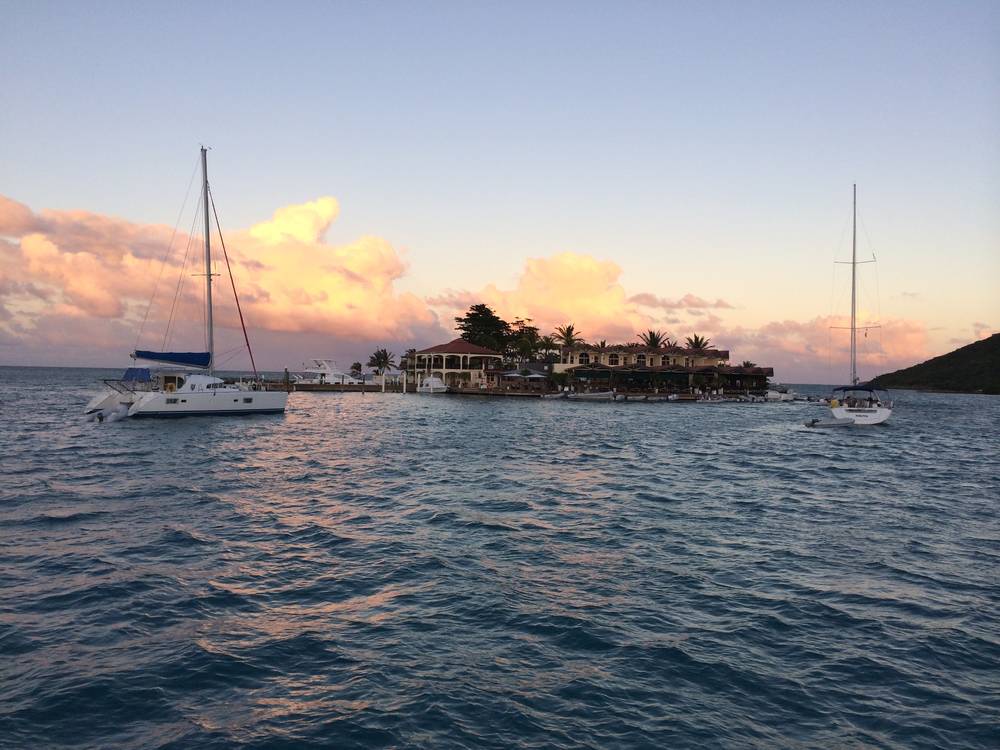
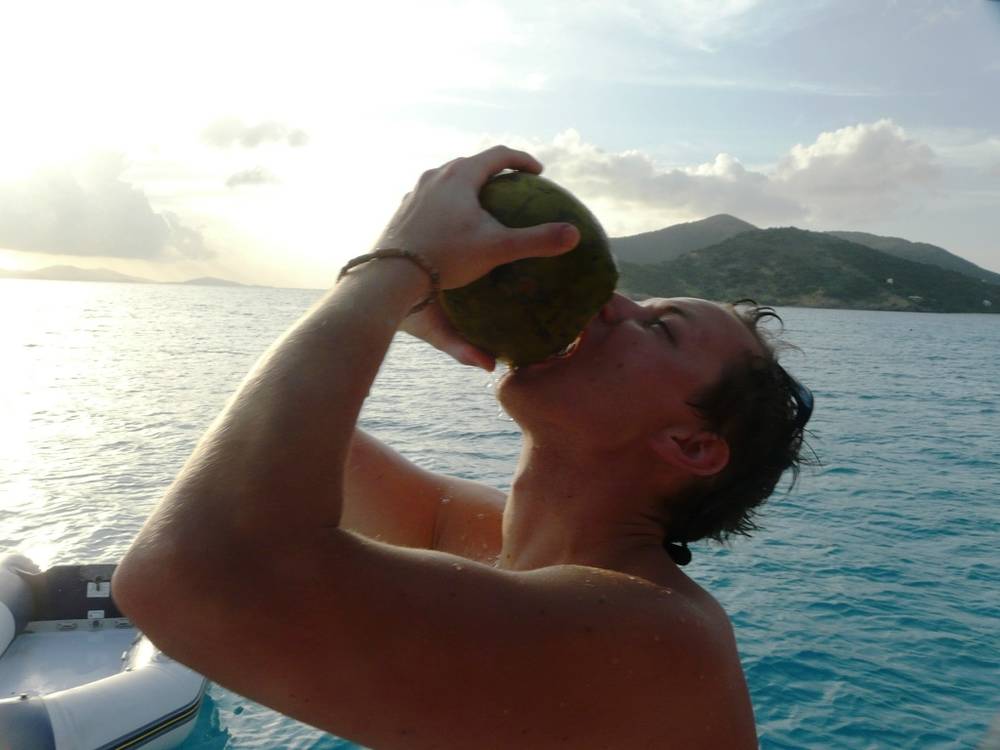

The British Virgin Islands include over 50 small islands in the vicinity of the US Virgin Islands. The Atlantic Ocean lies in the north of the islands and the Caribbean Sea in the south. The largest islands are Tortola, Virgin Gorda, Anegada, and Jost Van Dyke. The capital and largest city of Road Town is on the island of Tortola. The islands were inhabited around 100 BC by the South American Arawak tribe. In the 15th century, they were displaced by a more aggressive tribe of Caribians from the Lesser Antilles, after which the Caribbean Sea is named.
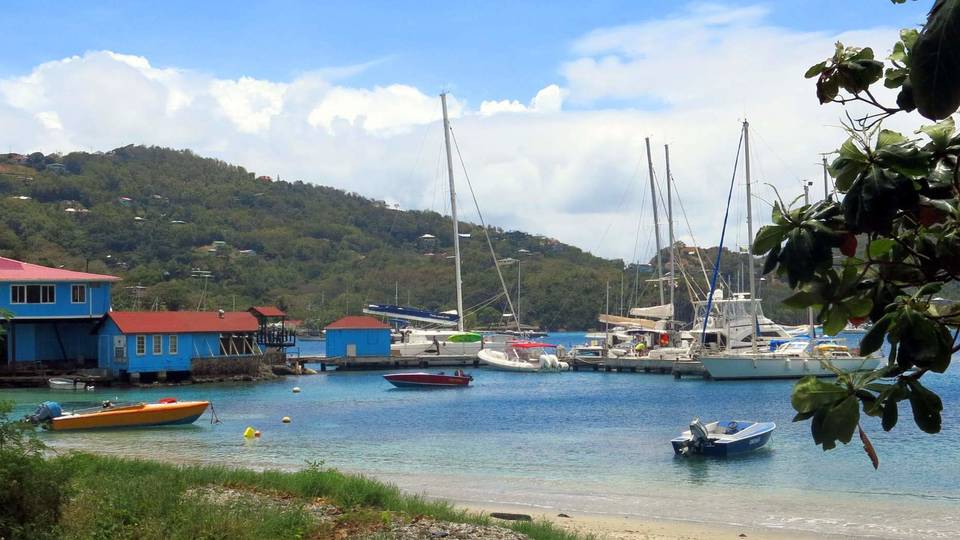
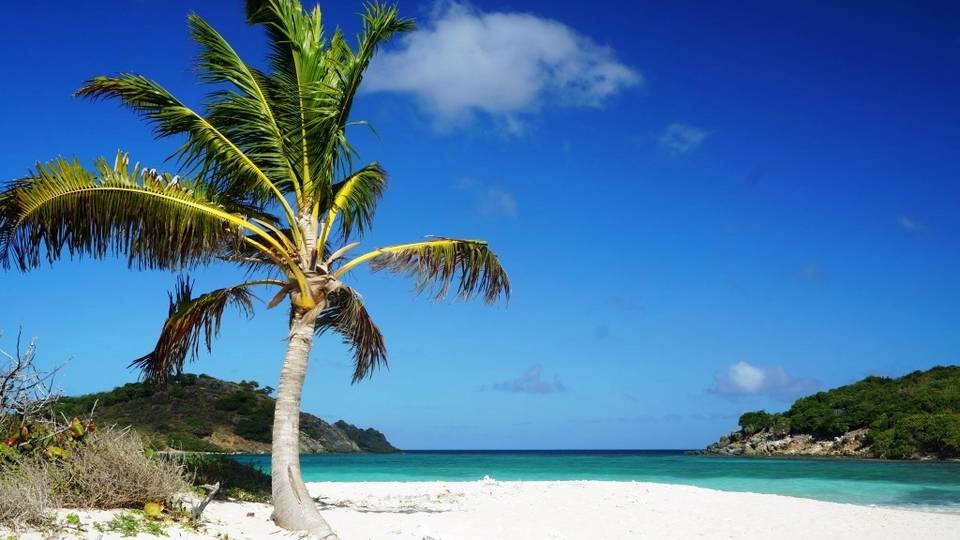
At the beginning of the 16th century, Spain began mining copper on the island of Virgin Gorda. In the following years, Britain, the Netherlands, France, Spain and Denmark fought for influence in the area. During this time, the Native American population was decimated. In 1672 the island was occupied by the British Tortola, then in 1860 by the islands of Anegada and Virgin Gorda. The islands were considered as strategic for their location. They were also economically self-sufficient in growing sugar cane that the British brought to the islands. Due to the plantations, slaves were imported from Africa.
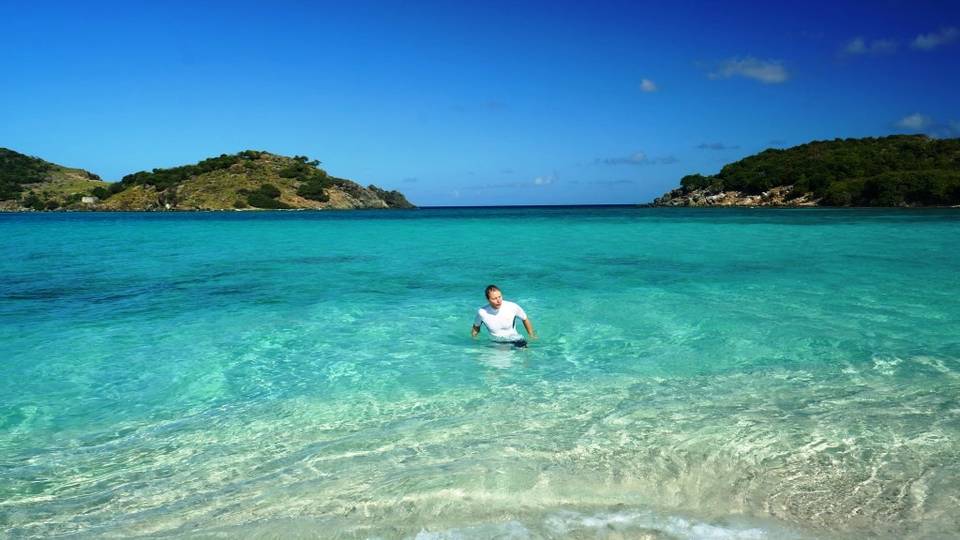

In 1917, for $ 17 million, the United States bought the islands of St. Jan, Sv. Tomas and St. Croix and renamed them the US Virgin Islands. Subsequently, the British renamed the islands the British Virgin Islands. The British Virgin Islands were administered as part of the colony. In 1967, they gained wider autonomy. Since the 1960s, the economy has shifted from traditional agricultural production to one based on tourism and financial services. Today it is one of the richest areas in the Caribbean.



 CZ
CZ
 SK
SK
 EN
EN